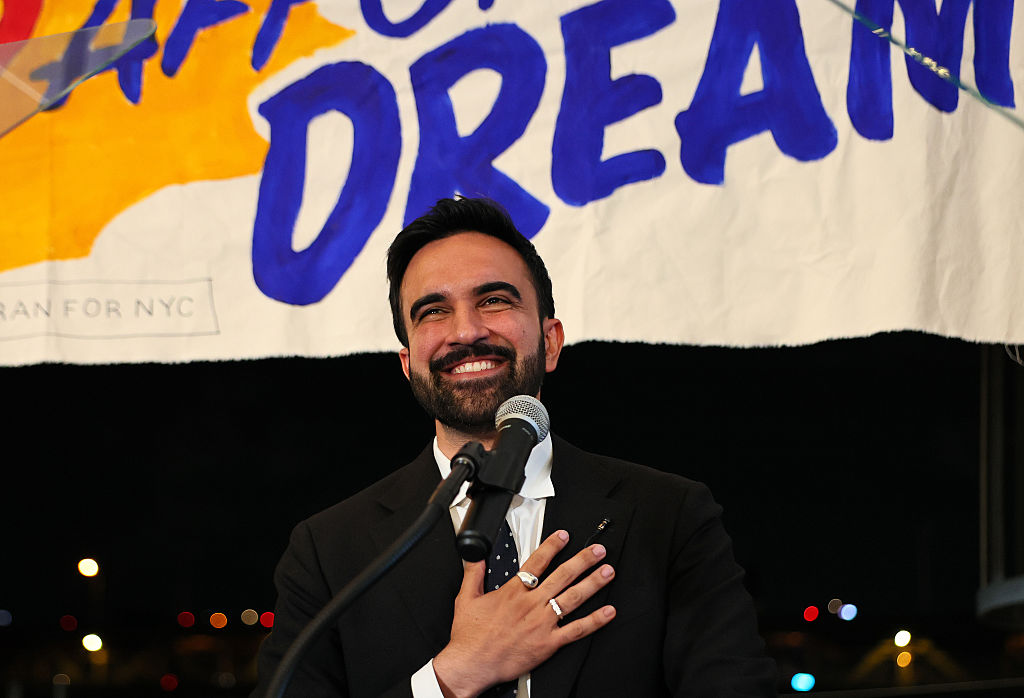29 October 1986: The M25 motorway is opened
On this day in 1986, London’s orbital motorway was officially opened. It took 11 years to build, and cost £7.5m a mile.

As far back as 1911, planners had been proposing a ring road around London. By the 1960s they were proposing four concentric ring roads – the London Ringways – plus a whole lot of radial routes in and out of the city.
Construction was started on the series of urban motorways, and the Westway and the East Cross Route were completed before everyone came to their senses. London escaped the fate of being concreted over into some US-style freeway-ridden hellhole.
But some of the plans lived on. Ringway Two would eventually become the north circular road, and ringways three and four would morph into everyone's favourite orbital road, the M25 motorway.
Subscribe to MoneyWeek
Subscribe to MoneyWeek today and get your first six magazine issues absolutely FREE

Sign up to Money Morning
Don't miss the latest investment and personal finances news, market analysis, plus money-saving tips with our free twice-daily newsletter
Don't miss the latest investment and personal finances news, market analysis, plus money-saving tips with our free twice-daily newsletter
Construction started on the section between South Mimms and Potters Bar in September 1975. But before the bulldozers could move in, there was rather a lot of sorting out to be done.
There were 39 Public Inquiries, which sat for a total of 700 days. Archaeological digs had to be funded: two Bronze-Age settlements and a 9,000 year-old Stone-Age settlement were unearthed, and over 200 Saxon graves were found at a burial site in Kent.
A thatched cottage was dismantled brick by brick and reassembled out of the motorway's path, at a (now very reasonably-sounding) cost of £70,000. The Epping Forester Cricket Club had to be put up at an alternative location while the motorway was built underneath their pitch (they must now surely be the only cricket club in the world that plays their home games on top of a motorway).
The total cost was £909m (£5.8m of that came from the EU). With the motorway 117 miles long, that works out at £7.5m per mile.
Eventually, 11 years after it was started, the final 13-mile section between Micklefield Green and South Mimms was finished. The prime minister cut the ceremonial ribbon, and the traffic began to flow.
Not too long after opening, however, the traffic stopped flowing. The road was operating at beyond its maximum capacity. And so the battle to keep up with demand began, with widening schemes, variable speed limits, and a new bridge across the Thames being constructed to keep the endless stream of traffic moving.
Get the latest financial news, insights and expert analysis from our award-winning MoneyWeek team, to help you understand what really matters when it comes to your finances.
Ben studied modern languages at London University's Queen Mary College. After dabbling unhappily in local government finance for a while, he went to work for The Scotsman newspaper in Edinburgh. The launch of the paper's website, scotsman.com, in the early years of the dotcom craze, saw Ben move online to manage the Business and Motors channels before becoming deputy editor with responsibility for all aspects of online production for The Scotsman, Scotland on Sunday and the Edinburgh Evening News websites, along with the papers' Edinburgh Festivals website.
Ben joined MoneyWeek as website editor in 2008, just as the Great Financial Crisis was brewing. He has written extensively for the website and magazine, with a particular emphasis on alternative finance and fintech, including blockchain and bitcoin.
As an early adopter of bitcoin, Ben bought when the price was under $200, but went on to spend it all on foolish fripperies.
-
 Zohran Mamdani, "Trump's worst nightmare", wows New York
Zohran Mamdani, "Trump's worst nightmare", wows New YorkZohran Mamdani, 33, has won the Democratic candidacy to be mayor of New York. That has energised his supporters and enemies alike – and terrified the rich
-
 What's behind the big shift in Japanese government bonds?
What's behind the big shift in Japanese government bonds?Rising long-term Japanese government bond yields point to growing nervousness about the future – and not just inflation

